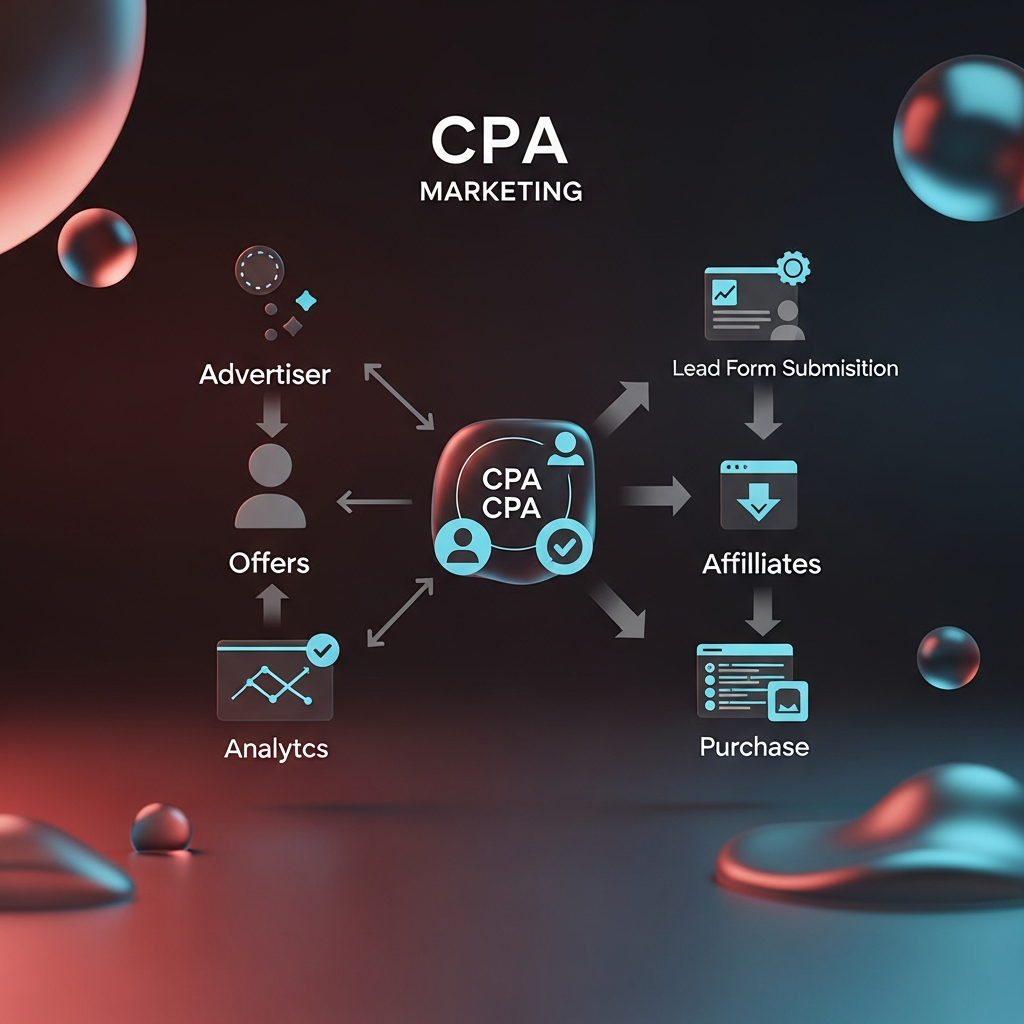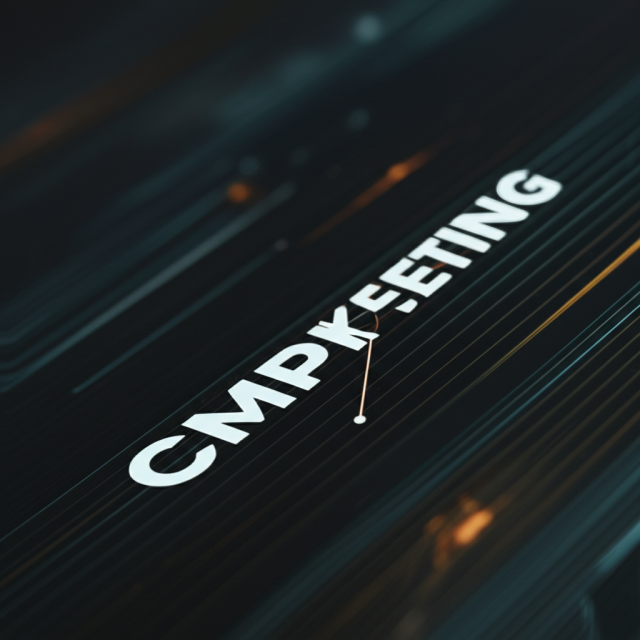Mastering CPA Marketing: Your Ultimate Affiliate Success Course

Understanding CPA Marketing
Cost per action (CPA) marketing is a performance-driven affiliate model where advertisers pay affiliates a fixed commission for specific user actions. Unlike traditional cost per click (CPC) or cost per mille (CPM) models, CPA marketing aligns advertiser spend directly with conversions—whether that’s a lead form submission, an app installation, or a completed purchase. For affiliates, the appeal is clear: you promote carefully vetted offers, optimize campaigns for specific actions, and earn lucrative payouts each time a target event occurs. This approach democratizes affiliate marketing. Seasoned media buyers and newcomers alike can compete on equal footing by mastering the fundamentals of audience targeting, traffic sourcing, and conversion optimization.
Selecting High-Converting CPA Offers
The foundation of a successful CPA campaign begins with offer selection. Start by vetting CPA networks based on reputation, payout reliability, and vertical expertise. Look for top-tier networks that specialize in your niche—whether finance, health, gaming, or mobile apps. Once you’ve joined a network, filter offers by EPC (earnings per click), CR (conversion rate), and payout amount. A high payout means little without a corresponding volume of targeted traffic. Seek out offers with a proven track record, clear conversion flow, and responsive landing pages. Dive into network forums or Slack channels to gather affiliate feedback on payment speed, compliance guidelines, and optimization tips. Keep a running shortlist of three to five offers in each vertical—this diversified approach allows you to pivot quickly when performance dips.
Offer Research and Preliminary Testing
Before scaling any campaign, conduct thorough research and small-scale testing. Leverage tools like Keyword Planner, SEMrush, and social listening platforms to identify high-intent user queries and trending ad creatives. Next, deploy micro-budgets ($5–$20 per day) across multiple traffic channels—native ads, social media, search, and pop traffic—to gauge volume, cost per acquisition (CPA), and initial ROI. Track landing page bounce rate, form abandonment, and pixel firing accuracy. A solid test phase can last one to two weeks; it’s here that you identify which creatives resonate, which traffic sources underperform, and which geo-locations deliver the best margins. Document every metric and craft a rapid-fire iteration plan. If an offer fails to hit target KPIs, replace it swiftly rather than pouring more budget into a losing proposition.
Traffic Sources and Campaign Setup
Affiliate marketers have a wealth of traffic options at their fingertips: search ads, social platforms, display networks, native ad networks, push notifications, email blasts, and even influencer partnerships. Each channel requires a tailored approach:
• Search Ads: Capitalize on high-intent keywords, leverage SKAG (single keyword ad groups) for maximum relevance, and split-test multiple headlines and descriptions.
• Social Media: Use demographic and interest targeting on Facebook, Instagram, TikTok, and Snapchat. Craft short, engaging video ads or carousel images that demonstrate the offer benefit in the first three seconds.
• Native Advertising: Platforms like Taboola and Outbrain allow you to blend content promotions seamlessly with editorial feeds. Perfect for soft-sell traffic and content-based landers.
• Push Notifications: Ideal for re-engagement or impulse verticals—finance deals, gaming installs, and crypto offers. Test different headline angles and notification intervals.
• Influencer Marketing: Partner with micro-influencers who command high trust in niche communities. Provide them with unique tracking links and discount codes for attribution.
Set up conversion tracking meticulously: implement network pixels, configure server-to-server postbacks, and verify event completion through test submissions. Monitor click timestamps, session durations, and latency to detect fraudulent or bot-driven traffic early.

Landing Page and Funnel Optimization
Your landing page is the conversion engine of every CPA campaign. A single second of load delay can slash conversions by up to 7%. Start with a mobile-responsive, clean template optimized for speed—compress images, minimize JavaScript dependencies, and leverage a content delivery network (CDN). Focus on a compelling headline that addresses the core pain point or desire of your target audience. Pair it with a benefit-driven subheadline and a contrasting, prominent call-to-action (CTA) button.
A/B Testing Strategies
Implement A/B and multivariate tests to refine your elements: headlines, hero images, form fields, button colors, and trust signals like badges or testimonials. Use heatmap tools (Hotjar, Crazy Egg) to visualize scroll depth, click hotspots, and drop-off zones. Prioritize tests that move the most critical metric: completed actions. Run each variant until you achieve statistically significant results—typically around 1,000–2,000 visitors per test. Then, roll out the winner sitewide or embed learnings into new campaigns.
Heatmaps and Analytics
Heatmaps reveal user behavior at a glance: where visitors scroll, click, or abandon the page. Combine this with session recordings to understand navigation paths and friction points. Are users getting stuck on the form? Is your CTA buried below the fold? Adjust padding, restructure layouts, or shorten copy to guide eyeballs and taps toward your conversion goal. Integrate Google Analytics goals and events to track micro-conversions—video plays, FAQ clicks, and newsletter signups—that signal higher engagement and intent.
Advanced Tracking Techniques
Accurate attribution is non-negotiable. Pixels alone can misfire due to ad blockers, cookie restrictions, or cross-device journeys. Implement server-to-server (S2S) postback tracking for rock-solid accuracy. Most CPA networks provide a postback URL—append dynamic tokens (click ID, sub IDs, payout) and fire the URL from your server when the conversion event completes. Cross-reference these postbacks with your analytics platform to ensure alignment.
Pixels, Postbacks, and Server-to-Server Tracking
Configure a hybrid tracking system: client-side pixels capture immediate data, while S2S postbacks confirm final conversions. Validate latency windows, parameter encoding, and signature hashes. Set alerts for discrepancies above 5%, which could indicate fraud or technical issues.
Data-Driven Optimization
Leverage real-time dashboards to segment performance by geo, device, carrier, and hour of day. Identify pockets of high ROI and reallocate budget dynamically. Use rules-based automation in your ad platforms to pause underperforming ad sets and increase bids on top performers. Continuously refresh creatives every one to two weeks to combat ad fatigue and maintain strong CTRs.
Scaling Your CPA Campaigns
Once you’ve nailed down a profitable recipe, it’s time to scale. Expand into adjacent geos with similar demographics or those where the offer pays even higher commissions. Test across new traffic channels—if Facebook performed well, consider Google Display or programmatic RTB. Increase budget methodically: double spend week over week rather than in one large leap. This controlled ramp prevents sudden performance drops due to learning phase resets or ad fatigue.
Staying Compliant and Ethical
CPA networks enforce strict compliance policies around prohibited content, trademark usage, and data privacy. Violations can lead to withheld commissions or network bans. Always disclose tracking cookies, respect landing page guidelines, and avoid misleading claims. Build trust with transparent headlines, accurate testimonials, and compliant opt-in forms. In the long run, a reputation for compliance can unlock exclusive high-ticket offers and VIP network support.
Essential Tools for CPA Marketers
Equip yourself with a toolkit designed for scale and efficiency:
• Campaign Management: Voluum, RedTrack
• Creative Design: Canva, Adobe XD
• Landing Page Builders: Unbounce, Leadpages
• Analytics & Heatmaps: Google Analytics, Hotjar
• Keyword & Competitor Research: SEMrush, Ahrefs
• VPN & Proxies: Oxylabs, Bright Data for geo-testing
• Communication & Collaboration: Slack, Trello
Case Study: From Zero to Six Figures
Meet Jane, a solo affiliate who turned $500 in test budget into $120,000 in revenue within six months. She started by testing finance lead offers on native ads, focused on one geo, and optimized landing pages with a single form field. By month three, Jane identified a winning campaign, scaled from $20 to $2,000 daily spend, and expanded into search retargeting. Her secret? Rigorous testing, relentless optimization, and swift offer rotation. Today, she manages a lean team of three, leveraging AI-driven creative generation and automated bidding to sustain double-digit week-over-week growth.
Your Ultimate Affiliate Success Course Roadmap
Module 1: Foundations of CPA Marketing
Learn industry terminology, network onboarding, and offer selection frameworks. Set up your first test campaign and interpret basic KPIs.
Module 2: Creative and Landing Page Mastery
Deep dive into ad creative best practices, A/B testing methodologies, and speed optimization techniques for landing pages.
Module 3: Advanced Tracking and Attribution
Master pixel implementation, postback configuration, and server-to-server tracking for bulletproof data accuracy.
Module 4: Scaling and Automation
Automate bid strategies, budget allocation, and creative rotation. Explore AI tools for dynamic ad generation.
Module 5: Compliance and Lifetime Growth
Build brand partnerships, navigate legal frameworks, and foster long-term relationships with networks and advertisers.
Conclusion and Next Steps
By mastering each component—offer selection, traffic sourcing, landing page optimization, advanced tracking, scaling, and compliance—you’ll be well on your way to affiliate success in the competitive world of CPA marketing. Use the insights and frameworks presented here to launch your first profitable campaign within days, not months. Remember, consistency and data-driven iteration are your allies. Now it’s your turn to apply these principles, refine your approach, and claim your share of the multi-billion-dollar performance marketing ecosystem. Let’s get started and drive your first CPA commission today!









